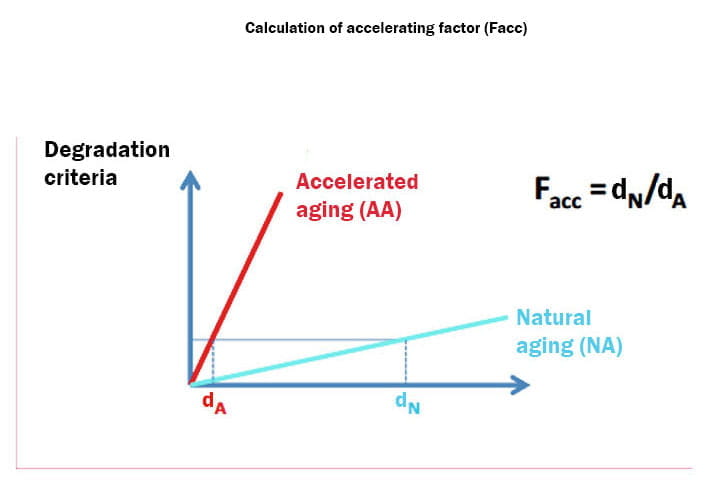Rubber aging
Sooner or later, almost everything falls apart – even tough Trelleborg hoses. If left to bake in the sun, the polymers we use in our hoses and other products begin to crack, fade or discolor and lose their elasticity.
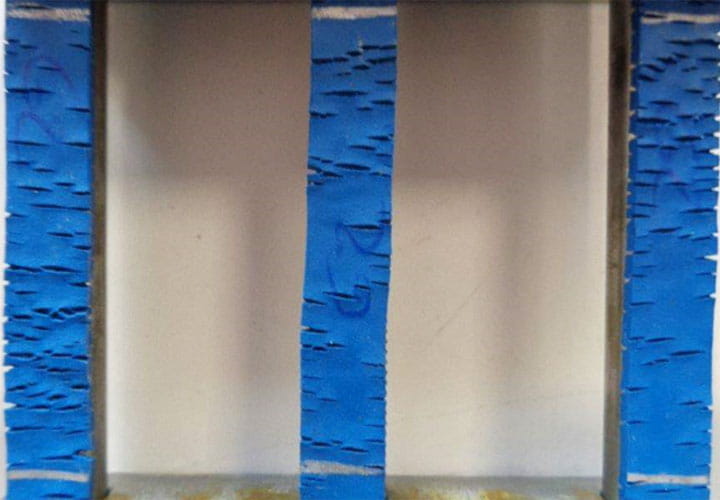
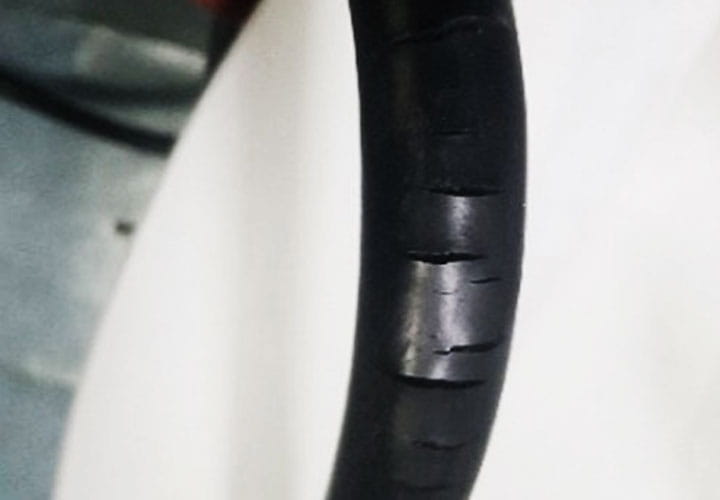
Trelleborg scientists have aged hose polymers in two ways:
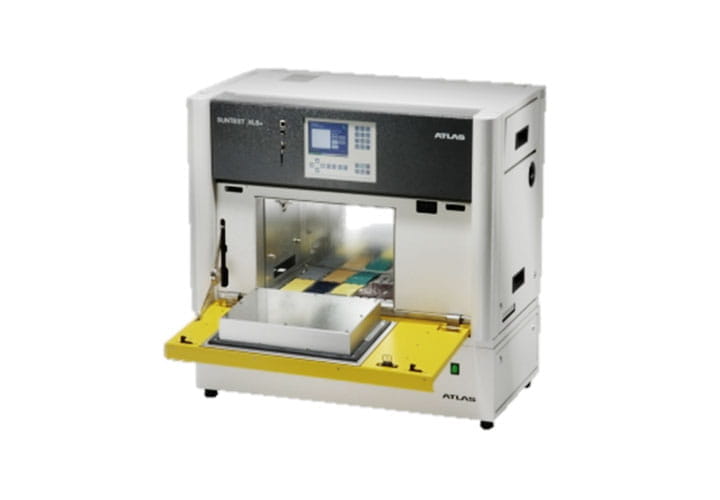
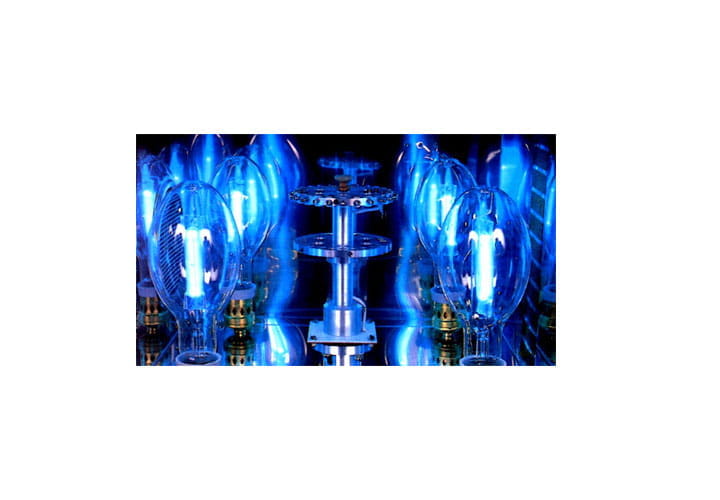
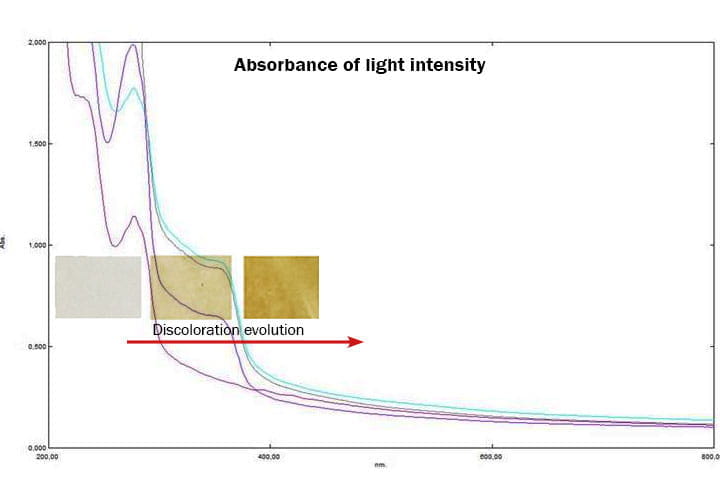
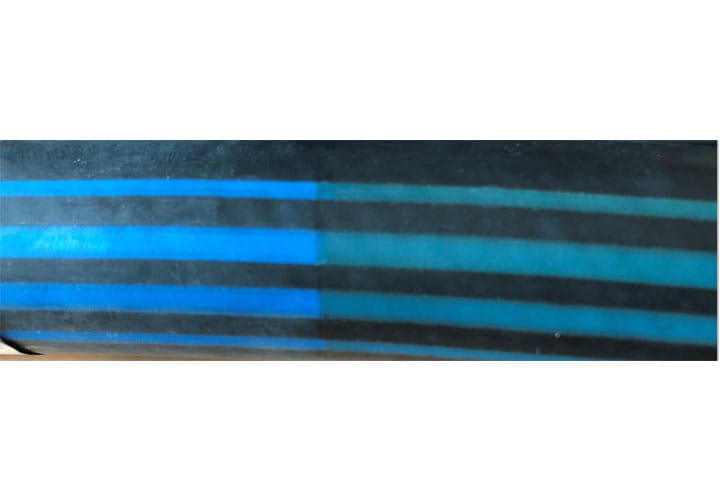
When NBR breaks down in the presence of oxygen or UV light, oxidation products appear. Under an infrared spectroscope, these products form characteristic bands in the area between 1800 and 1650 cm-1. The thicker the bands, the more degradation has occurred.
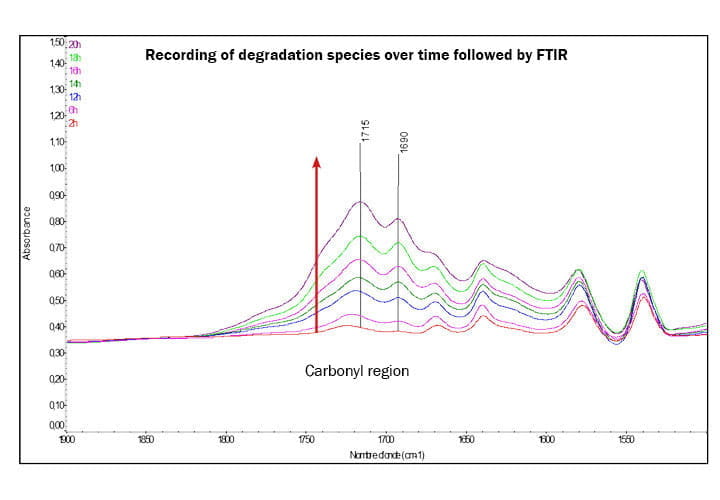
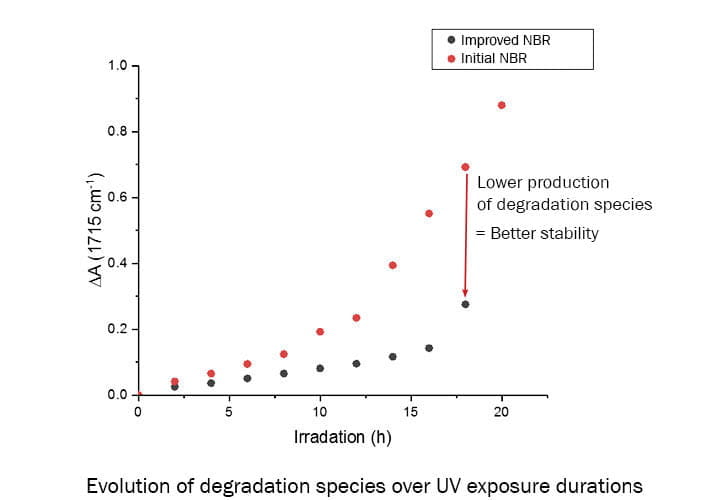
After identifying this degradation marker, researchers followed its evolution in the SEPAP.
From there, they can compare the improvement reached from an initial NBR sample and a better stabilized formulation. In this research, Trelleborg has increased the lifespan of the hose by a factor 3!
